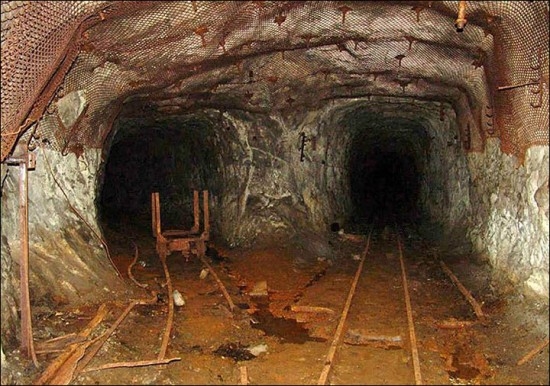ASTANA – Sergey Lukashenko, Deputy Director General of Kazakhstan’s National Nuclear Centre has unveiled some of the results of the research conducted regarding the “sleeping sickness” that has engulfed the village of Kalachi, located about 450 kilometres northwest of Astana in the Akmola region.
The news about the “Sleepy Hollow village,” as it was nicknamed after the reported cases occurred in 2013, spread around the globe and scientists have yet to discover the mystery behind the illness. Villagers randomly started falling asleep no matter the activity in which they were involved and some couldn’t be awakened for days. Afterwards, they felt lethargic, asynergic and experienced short-term memory loss.
Kazakh scientists tried to link the illness to a nearby, closed Soviet uranium mine, but the radiation level was normal and couldn’t have been the reason for the outbreak, experts said.
“[In Kalachi] we have discovered a high content of carbon monoxide (CO) and hydrocarbon (CH). I would describe the reason for this disease as follows: periodic inhalation of air with a reduced oxygen concentration and the high concentration of carbon monoxide and hydrocarbons,” said Lukashenko, underlining this was a preliminary assessment.
“The most interesting thing is that the sleeping sickness is triggered by a combination of three factors: the lack of oxygen plus the excess CO and CH,” he added.
“Each of these three components separately is within the normal level and none of them seemed to cause suspicions; hence, for a long time we could not figure out the real cause. But when there is a combination of three factors, we observe a classic synergy effect,” the scientist explained.
“Our version is such that there is a link between the mine and the sleeping sickness; however, uranium has nothing to do with it. Lots of wooden structures were used when the mine was operational, like fixtures, flooring and so on. After the mine was shut down, it was filled with water and wood in contact with water created carbon monoxide. Then, it started to leak outside the mine gradually to the surface,” Lukashenko explained.
The last case of the disease was reported in early April and according to the scientists it is likely the symptoms will return in the winter, as the sleeping sickness is also apparently connected with the change of seasons and certain weather conditions.Some residents have suffered three or four attacks over the past two years. In total, about 130 residents turned to the local hospital for help.



